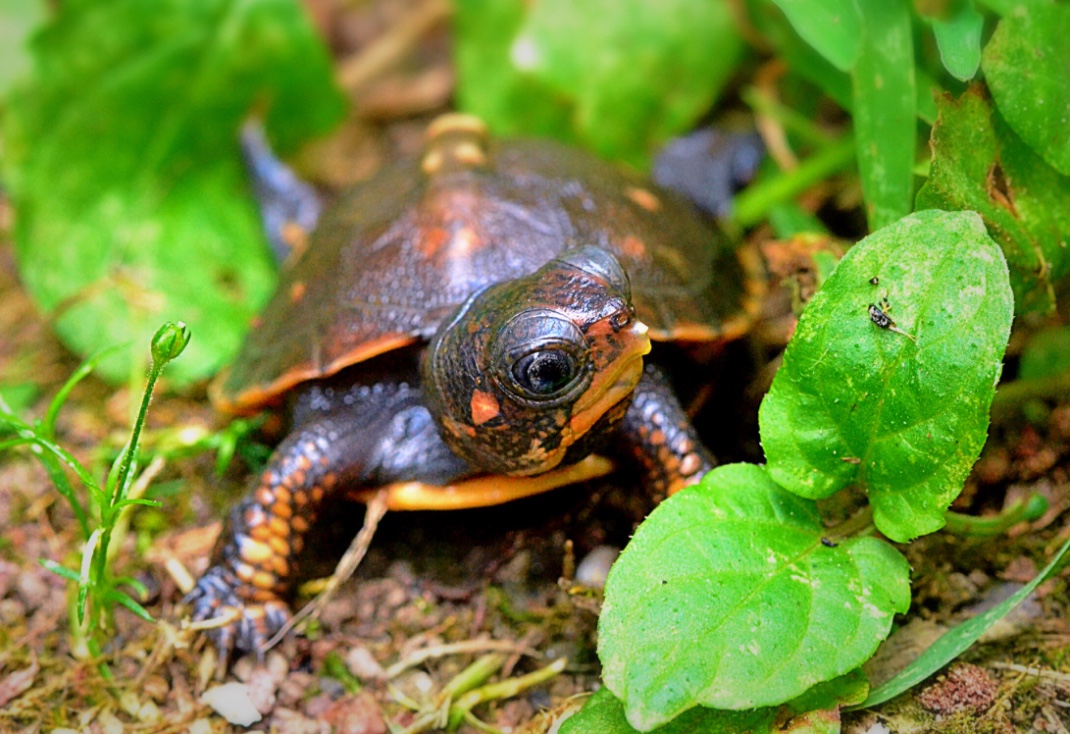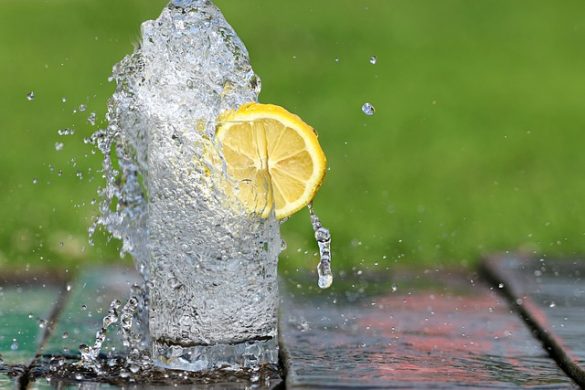Although the Great Swamp is protected by local, state, and federal regulations, the area is constantly threatened. One of the greatest threats includes invasive species that find their way to the Great Swamp and damage the ecosystem. Another other huge threat is pollution.
Invasive Species
Quick-growing non-native species of plants (such as purple loosestrife and phragmites) threaten to choke out natives such as cattails, reducing biodiversity and destroying fragile habitat. In the forest understories and open meadows, autumn olive, Japanese barberry, multiflora rose, garlic mustard, and other aggressive plants have invaded.
Destructive insects and diseases have also been introduced and threaten the health of the Great Swamp watershed– the Hemlock wooly adelgid and others. Citizen scientists are needed to keep a vigilant eye on the forests, report plant, insect and disease intruders, and when possible, help eradicate them.
Pollution
Stormwater runoff can carry harmful substances into the Great Swamp from roads, driveways, construction sites, salt piles, farms, waste water and septic systems, mines, and other sources. Even too much lawn fertilizer, or fertilizing lawns just before a rain, washes harmful chemicals into the waters of the Great Swamp and threatens its health. By building in the wetland or adjacent areas, the ecological and hydrological functions of the Great Swamp are threatened and the recreation value is reduced. Development in this sensitive area must be very carefully controlled, planned and executed to allow the swamp to continue to provide the values it provides.



